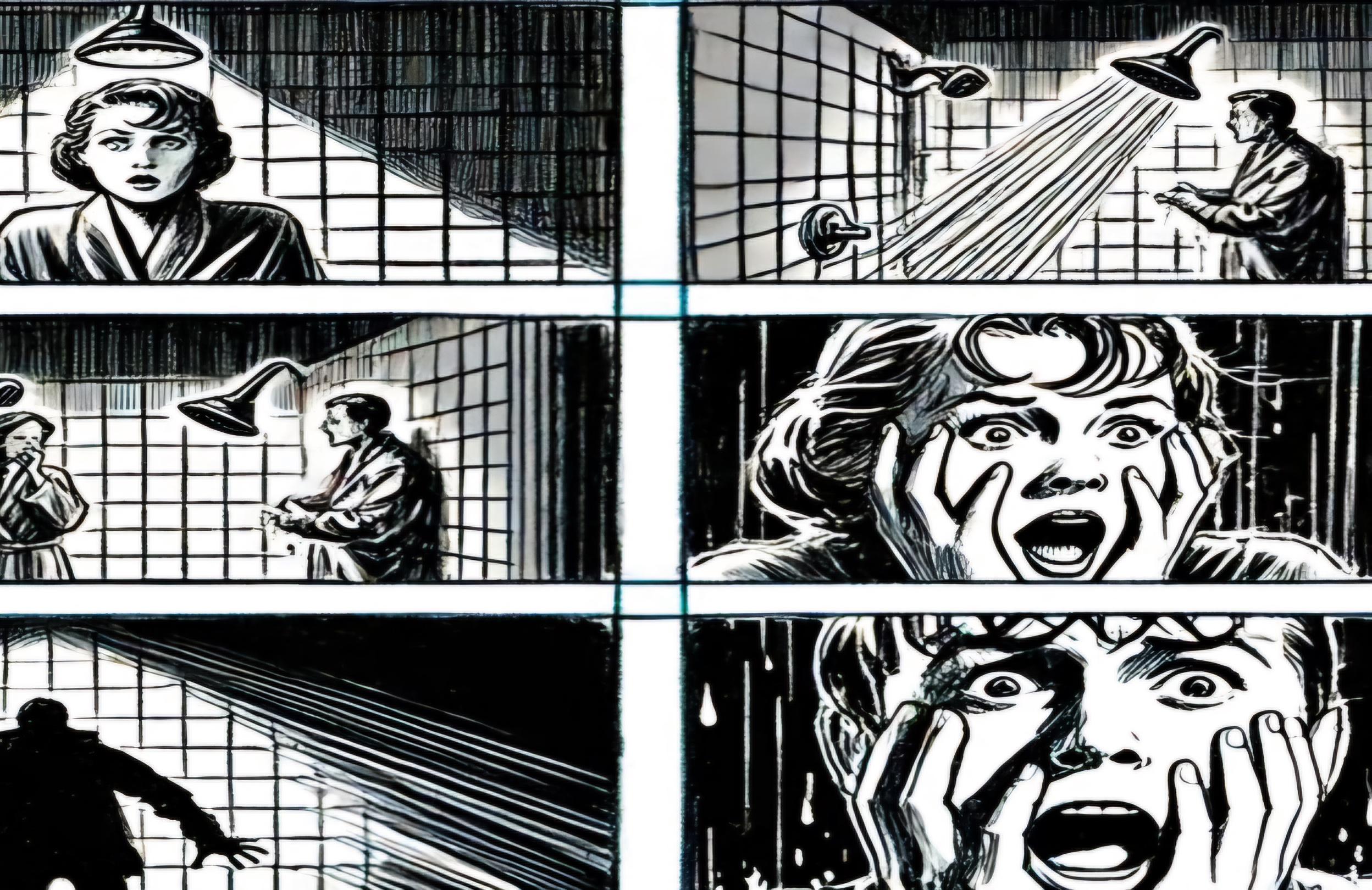Contact Us
+91 820 810 7030
26 Aug 2024
The Art of UX Mastery with Hitchcock's Guide

Imagine a world where every click you make, every scroll you undertake, and every interaction you have online is infused with suspense, emotion, and impeccable design. This world isn’t far from the vision of Alfred Hitchcock, a filmmaker who transformed the landscape of cinema with his unparalleled storytelling skills and meticulous attention to detail.
Meet Alfred Hitchcock
In the world of cinema, few names evoke the same reverence as Alfred Hitchcock. Known as the "Master of Suspense," Hitchcock’s films have fascinated audiences for decades with their twisted plots, psychological depth, and thoughtful attention to detail. His career spanned over six decades and more than 50 feature films. Known for classics like "Psycho," "Vertigo," and "Rear Window," his approach to filmmaking wasn’t just about telling a story; it was about immersing the audience in an experience, much like what we aim to achieve in user experience (UX) design today.
The Inspiration
Hitchcock had a deep understanding of human psychology, which he used to create complex and compelling characters. He often drew inspiration from real-life experiences and observations of human behavior. Hitchcock and his team conducted thorough research for each film, covering various subjects such as criminology, psychology, and forensic science to ensure accuracy and authenticity in his storytelling.
Empathy
Understanding People's Feelings :
In Hitchcock’s movies, you feel what the characters feel.
In "Psycho," there’s a famous scene where Marion Crane, played by Janet Leigh, takes a shower. As she’s enjoying her shower, suddenly, the door opens, and a shadowy figure appears. With shocking intensity, the figure attacks Marion, leading to one of the most suspenseful and memorable moments in cinema history. We’re not just watching; we’re feeling her fear firsthand. This immersion mirrors UX design’s goal: to make users feel part of the experience. By understanding emotions, we craft interfaces that resonate like Hitchcock’s scenes, engaging users deeply in the digital narrative.
The Art of Storytelling :
Hitchcock believed in using the camera to convey emotions, thoughts, and plot developments. So how did he do that?
Alfred Hitchcock drew detailed storyboards for each of his films, planning every shot. This allowed him to visualize the entire movie before filming began, ensuring that each scene was precisely crafted to convey the desired emotions and narrative. Storyboarding helped Hitchcock communicate his vision to the cast and crew, maintain control over the film’s pacing and visual style, and ensure that no detail was overlooked.

In "Rear Window," every camera angle tells a story, drawing viewers into the narrative. Similarly, UX designers plot every element, guiding users through digital experiences. Just as Hitchcock’s camera became our eyes, UX design directs attention with visuals, immersing users in the story. Storyboarding helps translate ideas into seamless interactions, much like Hitchcock’s planning created suspenseful films.
The MacGuffin - User Motivation :
Hitchcock popularized the concept of the MacGuffin—a plot device that moves the story forward but doesn’t matter in the end. In UX design, the MacGuffin can be seen as the user’s primary motivation for engaging with a product.
For example, on an e-commerce platform, the MacGuffin might be the pursuit of finding the perfect item. The design should include features like personalized recommendations, easy navigation, and seamless checkout processes that keep the user focused and engaged.
Building Suspense :
In Hitchcock’s movies, suspense always keeps you hooked. It’s like watching a mystery unfold, with every scene leaving you on the edge of your seat, eager to see what happens next. Now, think about using an app or website that keeps you interested and engaged. That’s like Hitchcock’s suspense. UX designers craft experiences that guide you smoothly from one step to the next, just like Hitchcock keeps you glued to the screen with his clever storytelling. For example, imagine using a recipe app where each step builds anticipation, gradually revealing the ingredients and instructions, keeping you intrigued until the dish is ready. That’s the suspense of UX design, making your digital journey as gripping as a Hitchcock thriller.
The Interface :
Hitchcock’s mastery of camera techniques parallels user interface design principles. From wide establishing shots to focused close-ups, both guide attention and emotion. Subtle actions, like hands in his films, are just like micro-interactions in UX, enhancing engagement. Transitioning focus smoothly, blurring backgrounds, and using expressive visuals—all align with UI strategies to maintain interest, minimize cognitive load, and highlight essential elements. Just as Hitchcock told stories visually, effective design communicates narratives through intuitive interfaces, making users’ journeys understandable and memorable.
Conclusion: Hitchcock’s Vision in the Digital Age
Alfred Hitchcock’s visionary approach to filmmaking offers profound insights for UX designers. By mastering visual storytelling, building suspense, paying attention to detail, and empathizing with users, we can create delightful digital experiences. Just as Hitchcock left a mark on cinema, we too can leave a lasting impact on our users by embracing these timeless principles.
In the spirit of Hitchcock, let us design with the precision of a filmmaker, crafting experiences that are not only functional but also deeply engaging and emotionally resonant. As we do so, we honor his legacy and push the boundaries of what user experience design can achieve.



